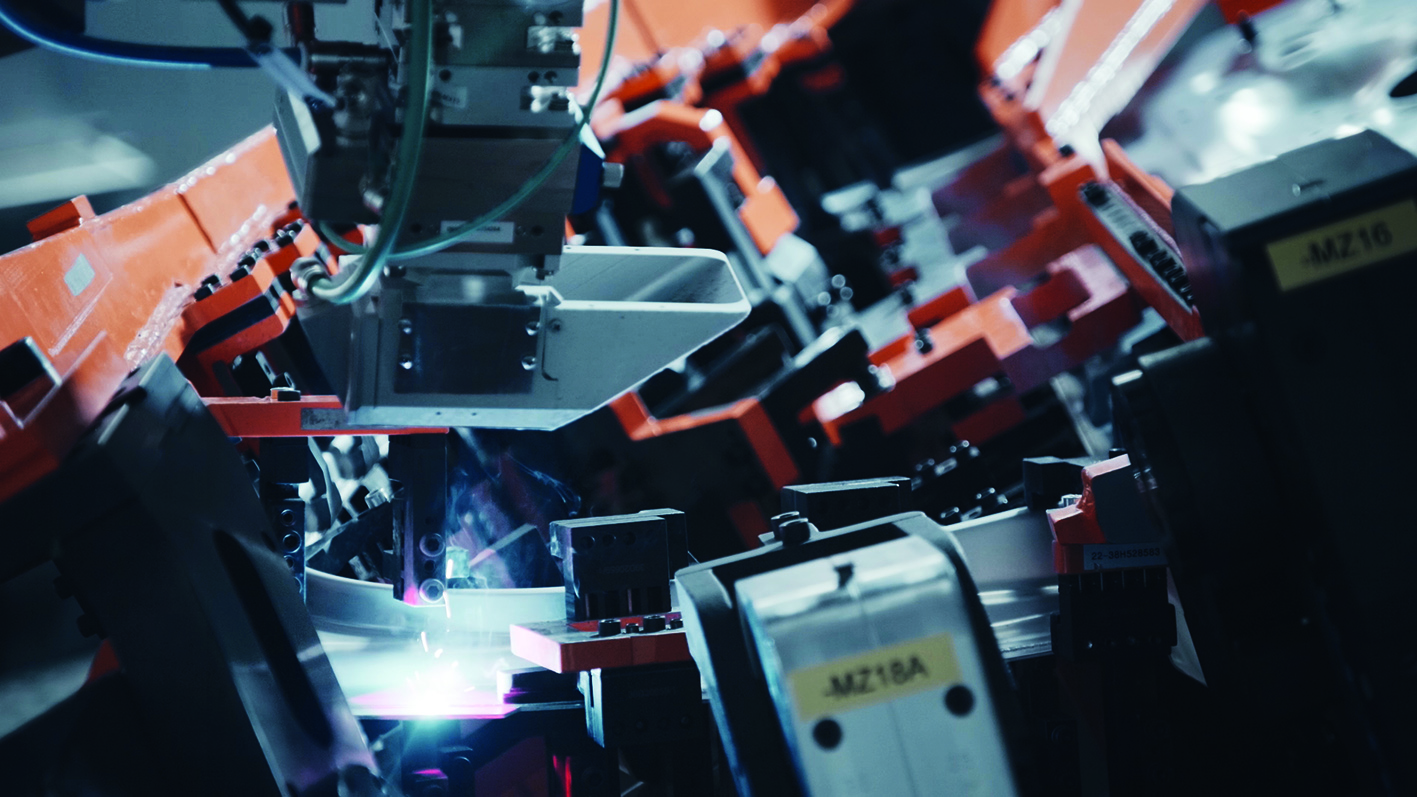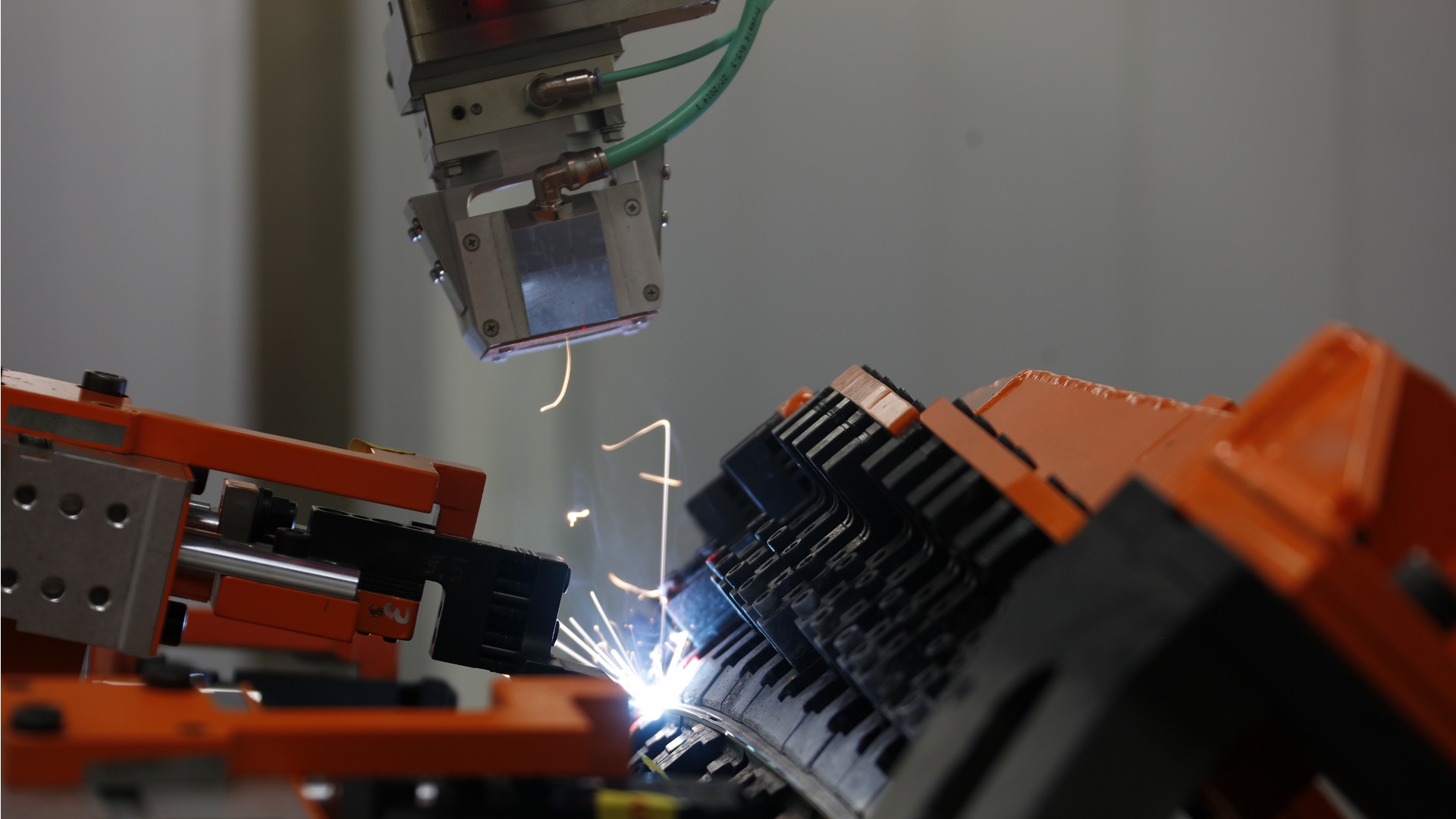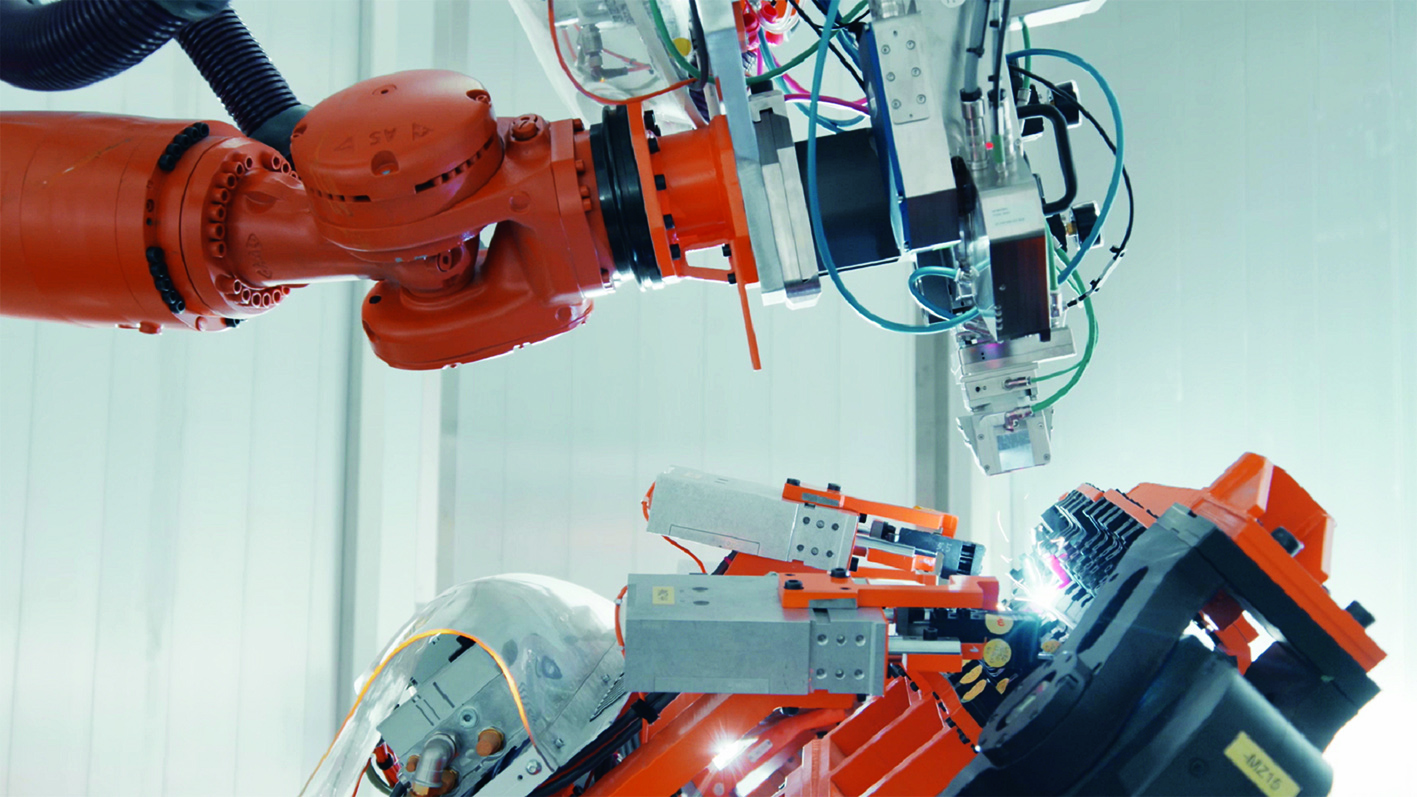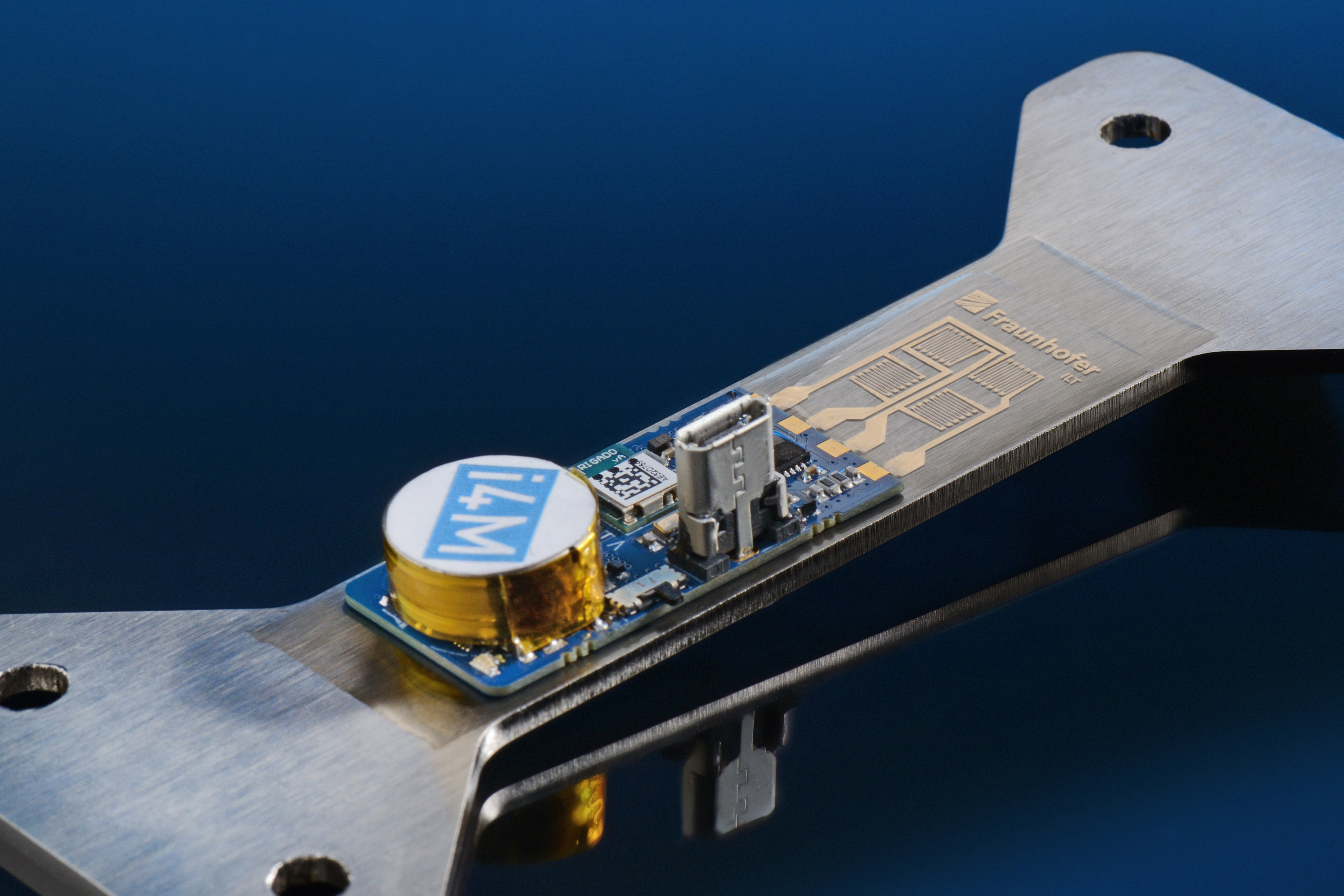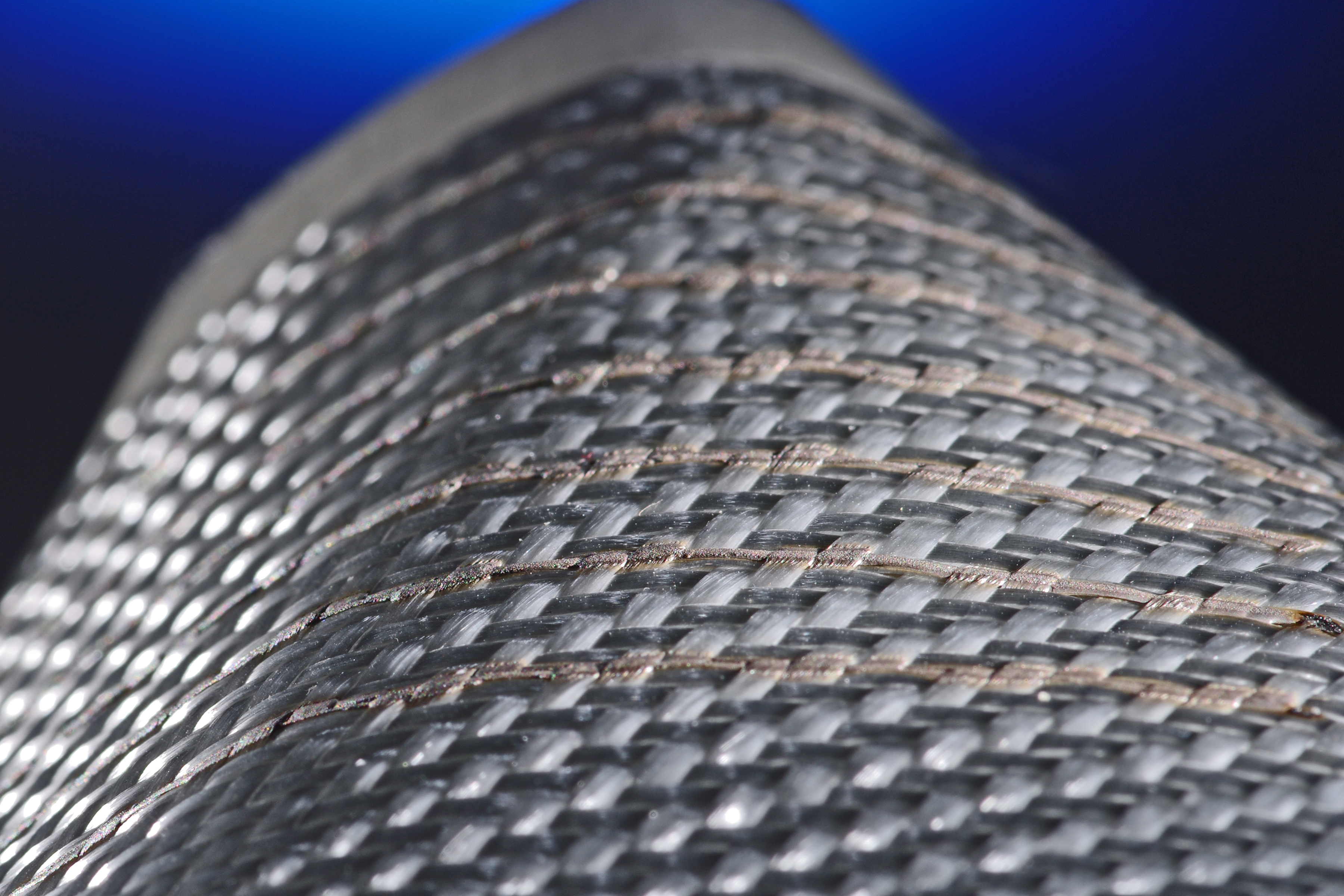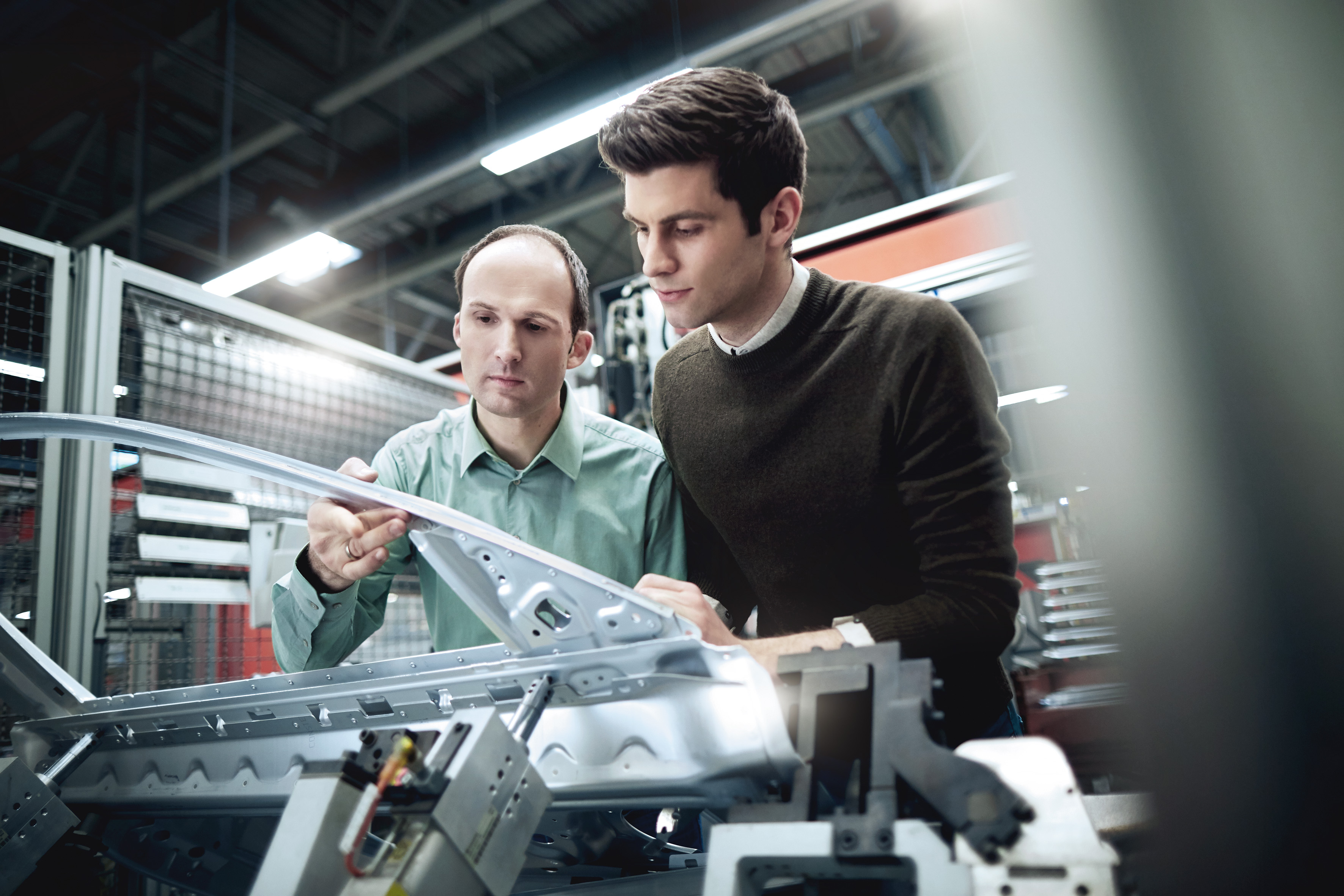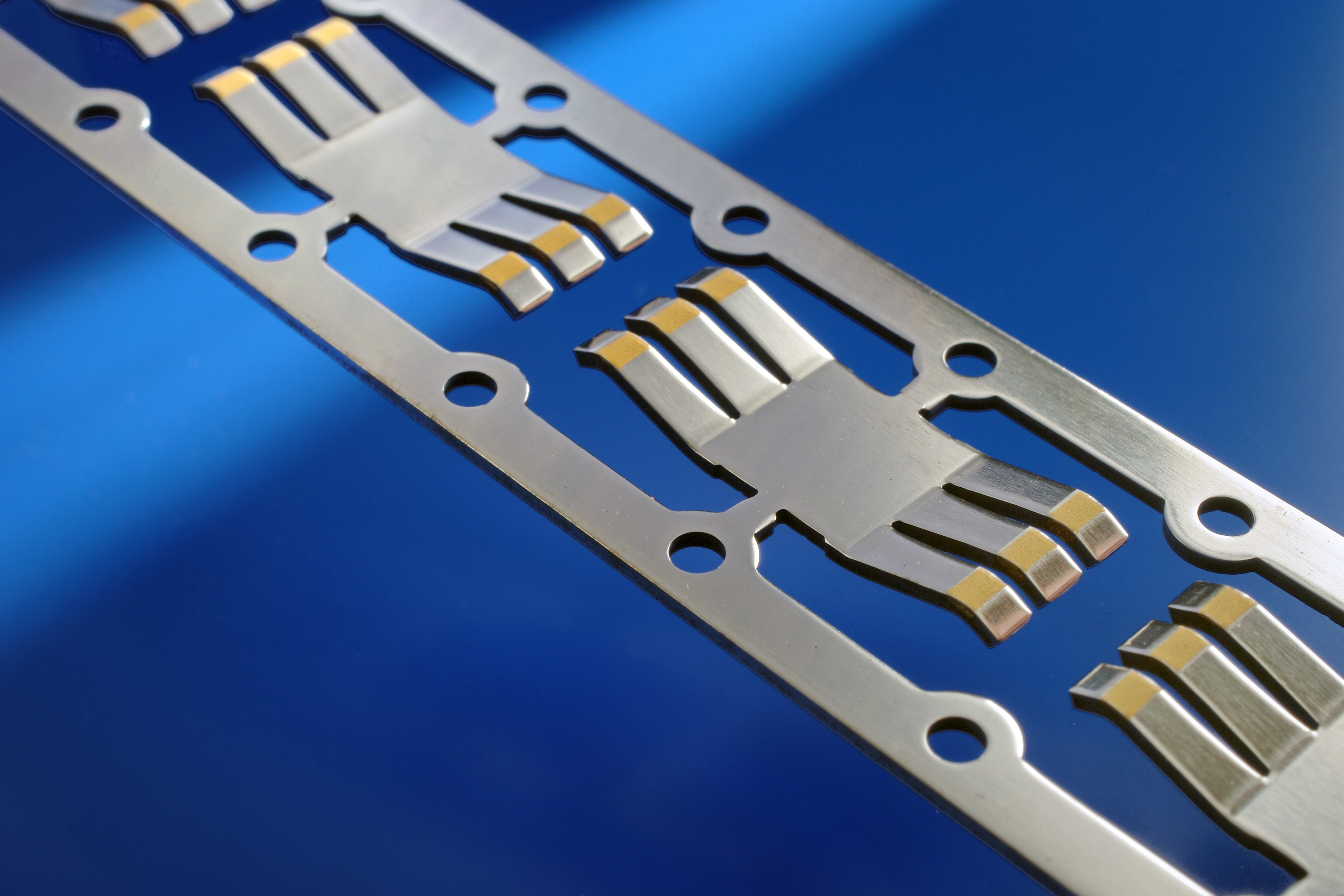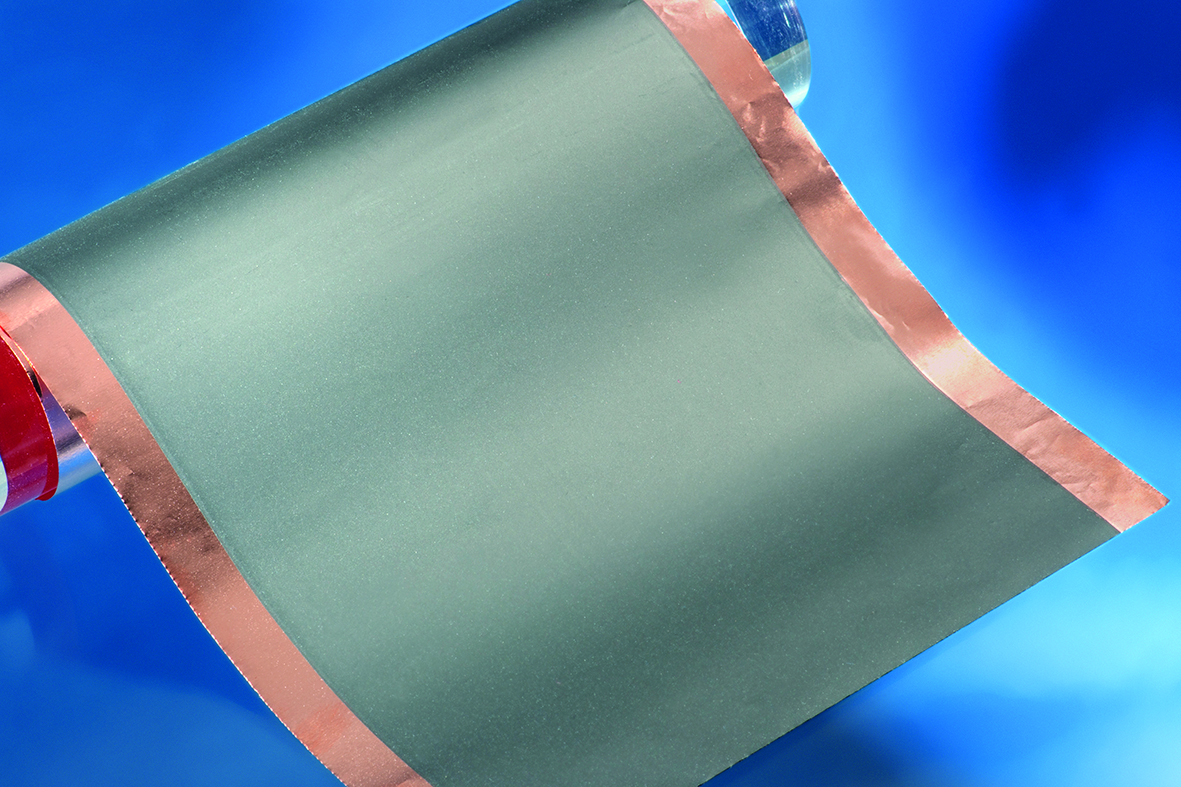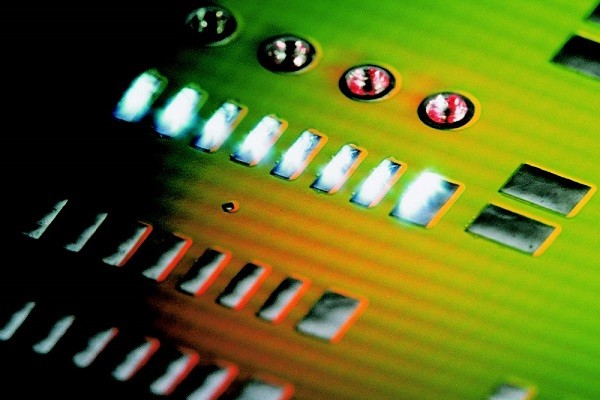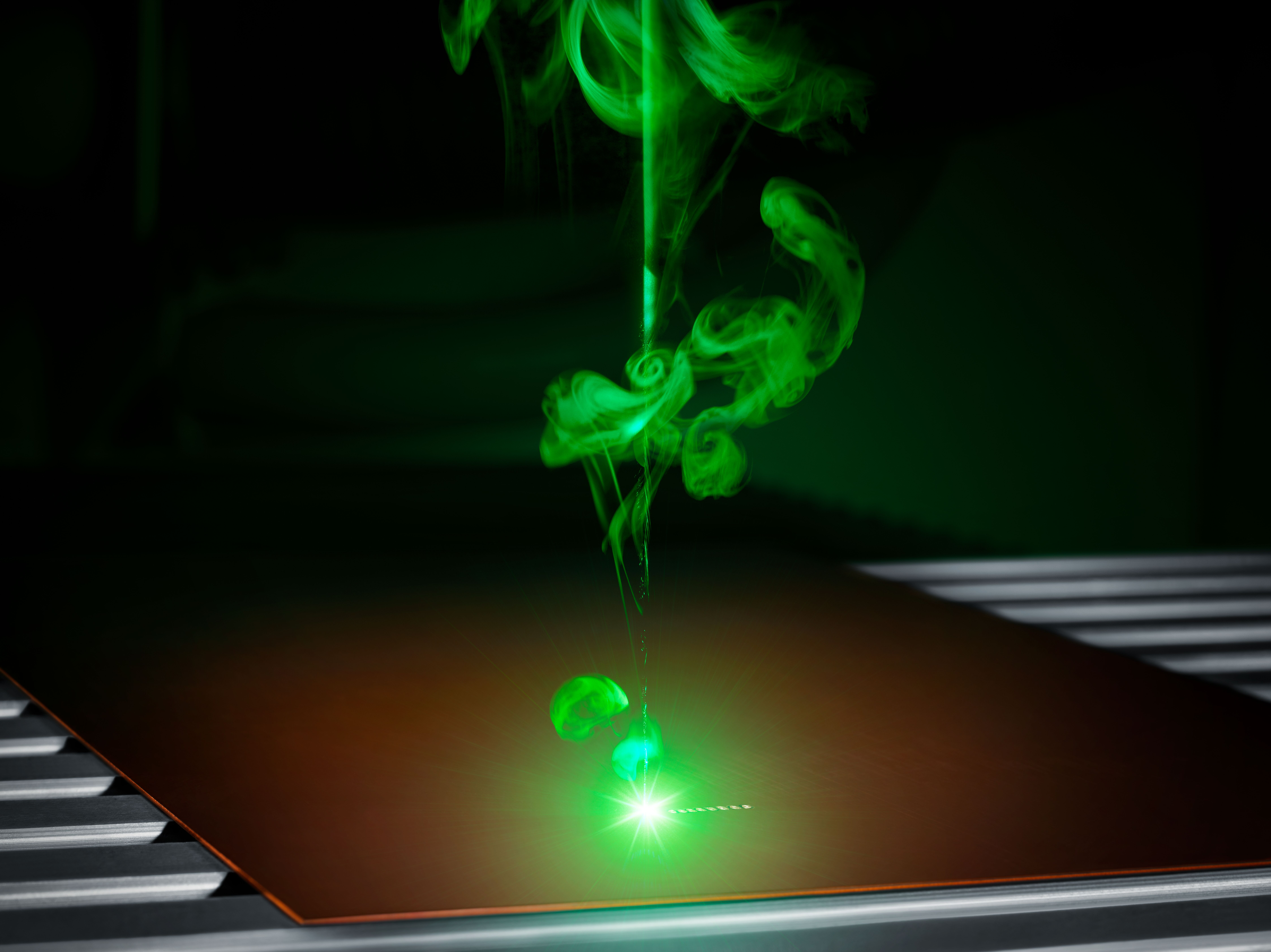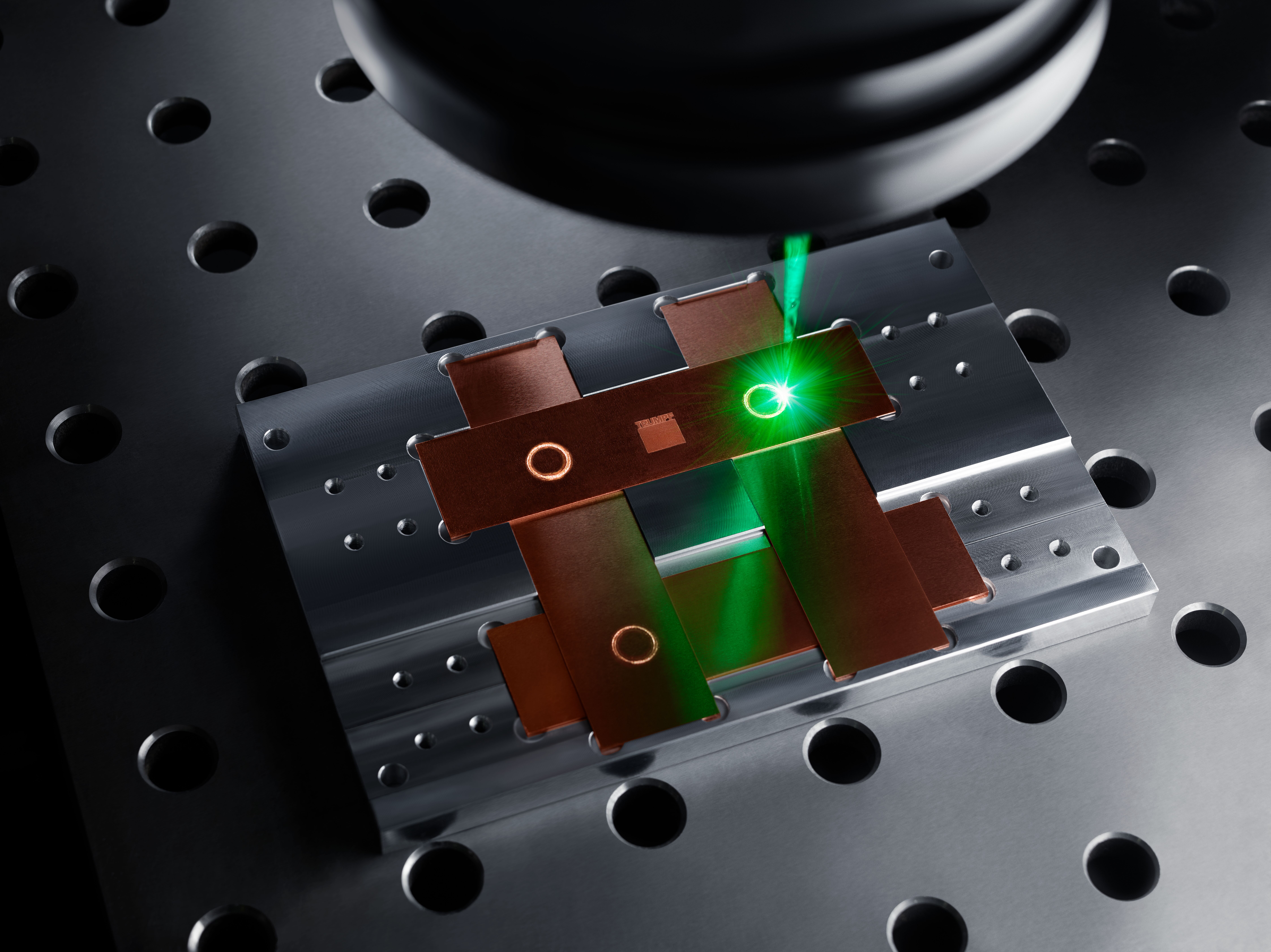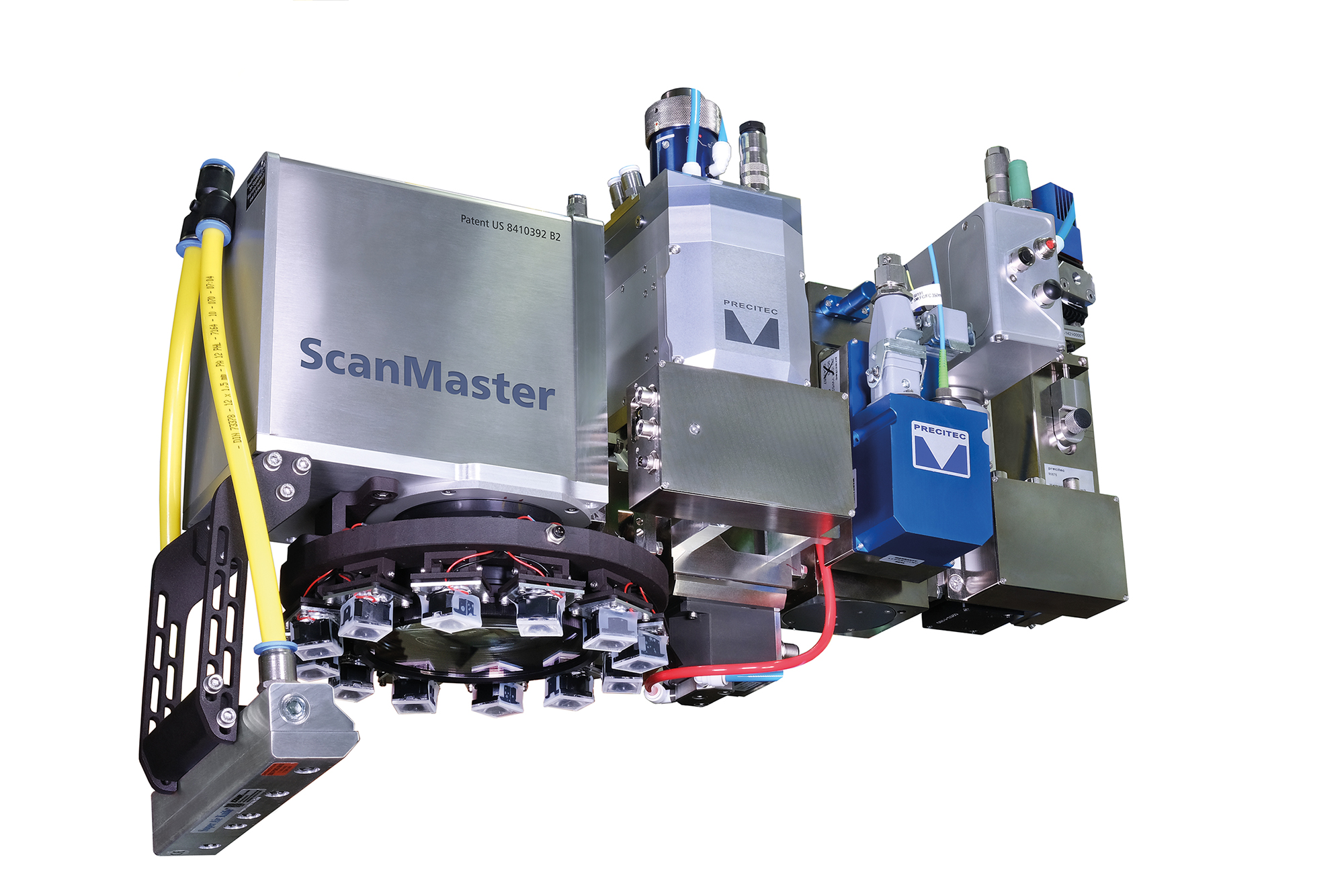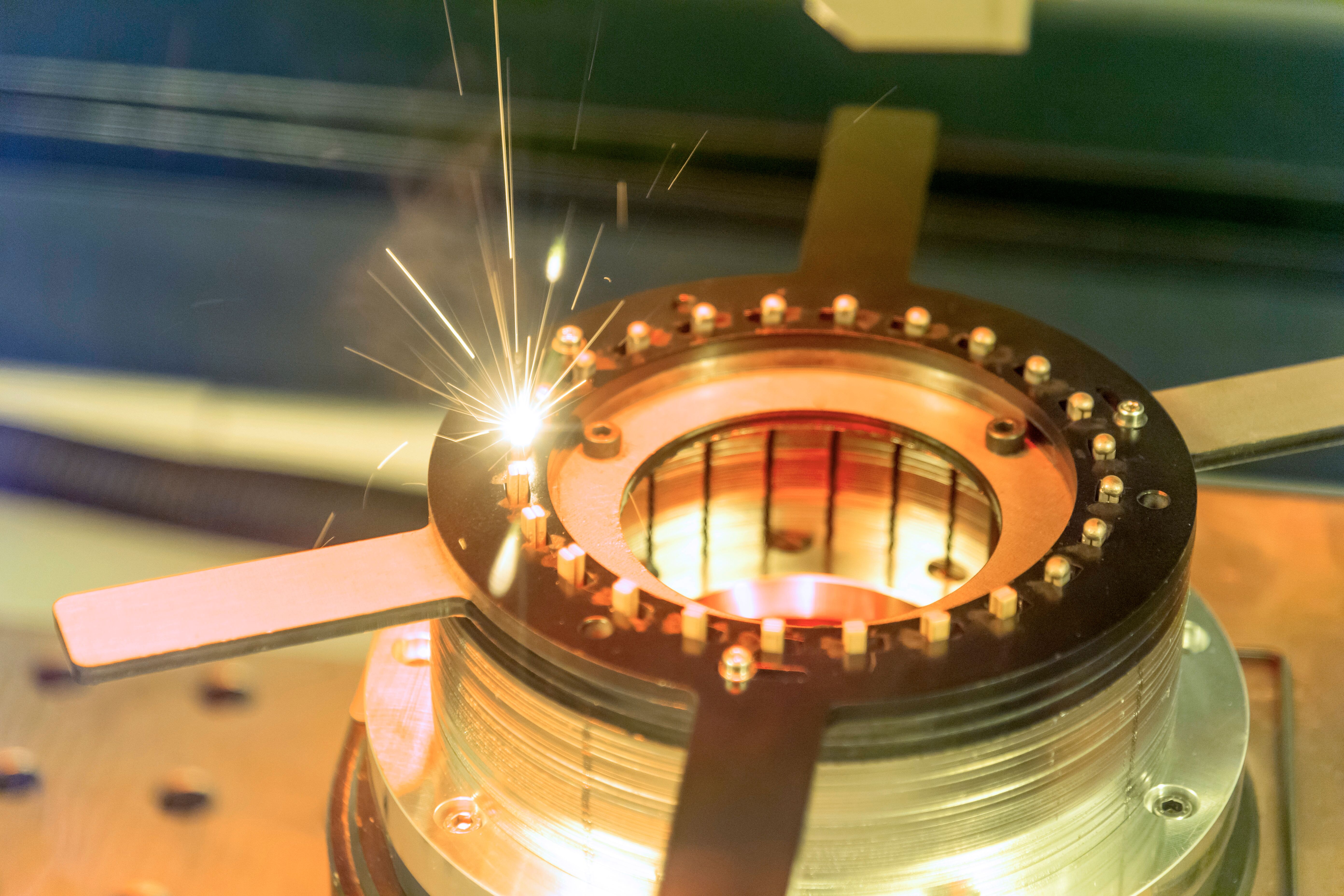In view of current forecasts, according to which around 60 percent of all vehicles are expected to be equipped with e-drives by 2030 (with 120 million new vehicle registrations), the industry now needs to optimize processes and significantly reduce costs, Kampker said. “Cost drivers are primarily the key components – battery and drive train – because they account for more than 50 percent of total costs,” he stated. “But it’s also about the fuel cell, where we need to get down to a third of the current costs, which are still very high.” He sees new process technologies as an approach: For example, in cell production, the high energy required and, thus, also the costs could be reduced by 30 to 35 percent with the help of lasers. To this end, for example, PEM is working with Fraunhofer ILT on a roll-to-roll system to research how the previous drying of coated metal foils by infrared can be replaced by laser processes. At the LSE, Kampker explained how a powerful VCSEL laser (power: 120 W/cm²) or a focused diode laser could be used to dry coated electrodes over large areas in an energy-efficient manner in the future. However, there is still no system ready for mass production.
Laser saves energy, costs and space
Not only do saving energy and controlling the process well and quickly speak in favor of changing the process: During the symposium the mobile video system provided good virtual view into the current status of the joint research work. It took the online participants into the Battery Lab of Fraunhofer ILT. Here, the researchers have access to a wide range of equipment for laser-based battery production on an area of almost 140 square meters. Furthermore, the research assistant of the neighboring PEM, Simon Voss, presented a completely encapsulated roll-to-roll system from Coatema. The institute chair is now also investigating whether and how laser-based cutting can replace the current mechanical die cutting for future large-scale production. The researchers at PEM are also tackling laser-based microstructuring of the coated electrodes together with Fraunhofer ILT.
The enormous potential of laser processing of functional layers was addressed by Dr. Christian Vedder, head of the Thin Film Processing group at Fraunhofer ILT. The spectrum he presented ranged from cleaning, paint stripping, crystallization, application of sensor technology, integration of electronic conductors in CFRP components, corrosion protection all the way to selective gold plating.
While many of these processes are attractive to companies working in electromobility, one of the most energy-efficient technologies is certainly “thermal post-treatment,” or laser-based drying. In this context, there are some amazing details about the processes that Fraunhofer ILT and the neighboring chair are already setting up: The laser unit dries the wet-coated films within a few seconds, with the laser radiation significantly heating only the layer, not the entire system, a disadvantage of conventional oven processes. Thanks to this efficiency, energy can be reduced by up to 50 percent, depending on the layer system. In addition, laser technology can be used to massively reduce the space required for a drying system. A scanning diode laser or a vertical cavity surface emitting laser (VCSEL) is a suitable beam source.
The latter works with semiconductor laser diode bars in which the laser beam is emitted vertically from the top surface. Fraunhofer ILT is currently integrating this laser into the drying process, along with laser structuring processes to increase the electrode surface area, into a roll-to-roll system of the latest design, which ILT scientist Samuel Fink showed during the lab tour. Also in the lab, ILT scientist Linda Hoff gave a live demonstration of how lasers can sinter future solid-state battery materials at much higher temperatures, up to 1000 °C, without significantly affecting their crystallinity.
 Fraunhofer Institute for Laser Technology ILT
Fraunhofer Institute for Laser Technology ILT